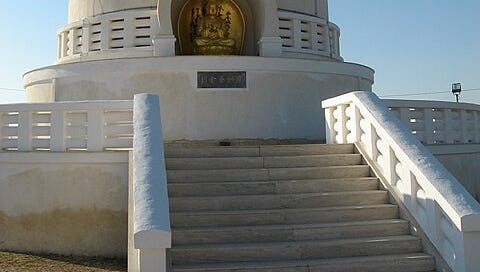TheGentleLaw Community
Early Beginnings and the First Encounters
Buddhism first made its way to Italy during the 19th century, primarily through scholarly translations of Buddhist texts and the early work of orientalists. At this time, Italy was experiencing a period of political upheaval and intellectual curiosity, particularly around the Orient and the East. The fascination with Asia was growing, especially due to the work of early explorers and scholars who traveled to India, China, and Japan.
One of the earliest Italian works on Buddhism was produced by the scholar Giuseppe Tucci, an important figure in the study of Buddhist culture in the early 20th century. Tucci, who was a leading figure in the history of Buddhism in Italy, spent much of his life in India, Nepal, and Tibet, learning directly from the Buddhist traditions and bringing back knowledge to Europe. His writings, including Buddhism in Tibet (1930), introduced many Italians to the fundamental concepts of Buddhism, such as the Four Noble Truths and the Eightfold Path.
In addition to scholarly works, early encounters with Buddhism in Italy occurred in the form of missionaries and travelers who brought Buddhist practices and teachings back to Italy. While Buddhism remained a niche intellectual interest for much of the 19th and early 20th centuries, it was in the second half of the 20th century that its presence would begin to grow substantially in Italy.
The 1960s and the Birth of Italian Buddhism
The 1960s and 1970s were a transformative period for Buddhism in Italy, largely due to the increasing influence of countercultural movements and the rise of interest in Eastern spirituality. During this period, figures like Lama Yeshe and Lama Zopa Rinpoche, Tibetan Buddhist teachers from the Himalayan region, began to establish centers and communities in Italy. They were part of the wider spread of Tibetan Buddhism across the West, which was part of a larger cultural shift in the post-World War II era.
The first official Tibetan Buddhist center in Italy, the Centro Studi Buddhismo Tibetano, was established in 1979, and other centers followed. These centers became not only places of spiritual practice but also focal points for the study of Buddhist philosophy, art, and culture. The establishment of these centers helped to solidify Buddhism as a spiritual path and as a respected religion in Italy.
Keep reading with a 7-day free trial
Subscribe to The Gentle Law to keep reading this post and get 7 days of free access to the full post archives.





